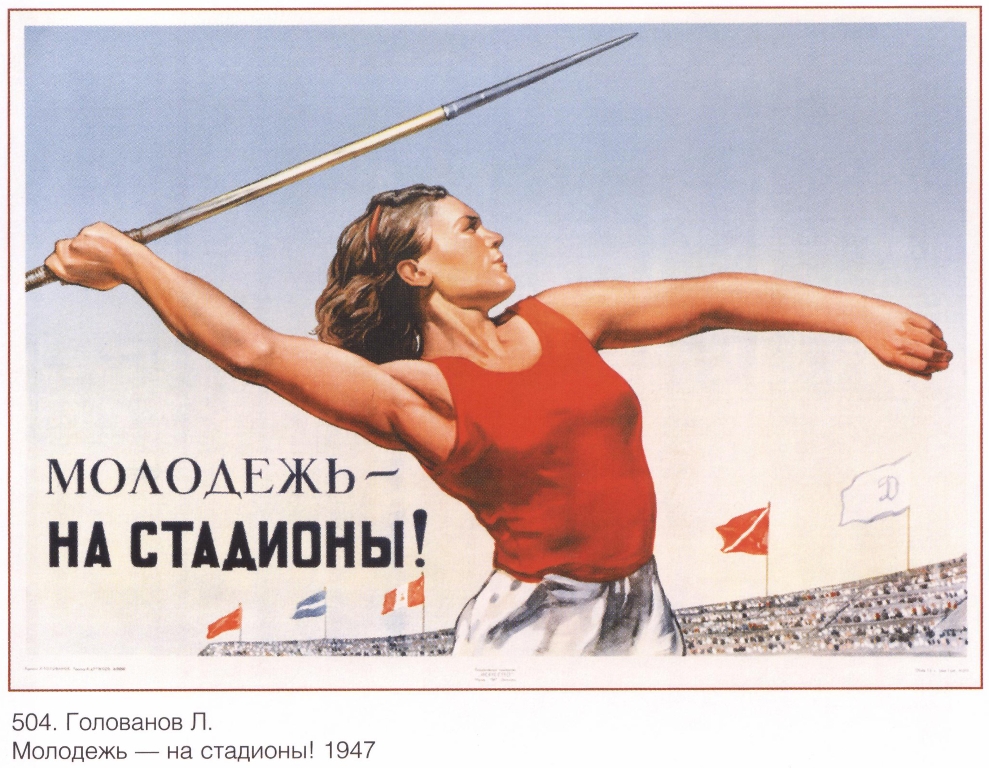
Before the Russian revolution in 1917, which dismantled the Tsarist autocracy and led to the eventual rise of the Soviet Union, posters also existed, but they were more like advertising or trade posters, not political ones.
But with the Soviet Union constitution, obviously, posters became the most powerful weapon of propaganda which the communist government used to great effect. Mass character and ideology were those things which allowed the posters to be incredibly popular during the civil war. Posters were much more popular than other arts during this time.

The main aim of the civil war was to rally people to fight against the enemy. That was the basic message promoted by all posters.
Later, in the new era, when there was no war, the party decided to conduct a new agitation and propaganda campaign. This campaign featured an enlightening character. The following themes became the focus of Soviet era agit-prop: the work of the Soviet people, the struggle against drunkenness, the call to achievements and victories. To make that type of art even more popular, All-Union poster competitions were held. During the Second World War, posters called the population to fight against the enemy and ridiculed fascism. Posters praised patriotic feelings.


The topic of the combat readiness of the Soviet people was closely intertwined with physical strength and sports ability. It was impossible not to notice the theme of physical activity, sports and healthy lifestyles.
In the times of the Soviet Union, women with children were honored. The state strongly supported families that had many children. After the Second World war, a lot of Soviet people were killed, so it was urgent to solve the demographic problem. A mother of many children could be granted a supplemental welfare benefit.Since the mid-fifties, the title “heroic mother” has become popular. Because that status gave quite a few benefits such as: free meals for children at schools, travel once a year by railway transport and school uniforms.

Художник Ватолина Нина Николаевна
For visiting of any pioneer camps, parents paid 5% from an initial price instead of 20% . They still had the right to improve their living conditions, and the opportunity to pass out of turn.
1954, Khrushchev first raised the issue of the need for large-scale distribution of corn crops. The regional mass media strongly supported that «corn» undertaking. Khrushchev assured that the production of corn should solve immediately two problems of the Soviet agriculture industry, namely a shortage of cereals and a shortage of fodder for farmed livestock.

Лавров Алексей Иванович
Officially, corn became the second bread in the USSR in September 1956. Then in Moscow the All-Union corn seminar was held.
Soviet posters were about achievements in different branches of industry, which played the biggest role in the national economy, though some were also about achievements in science and culture. Over time, the political context was lost.
Posters are an integral part of our history: from what is written and depicted on posters we can learn a lot about a particular historical period. And although today posters are not as popular as they used to be, they’re still not forgotten.
My Russian language courses are here!


0 responses on "SOVIET POSTERS"